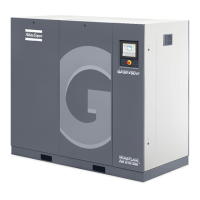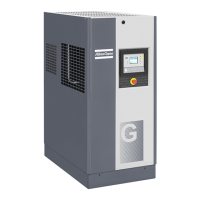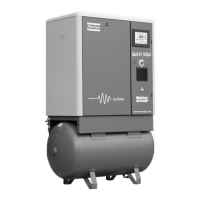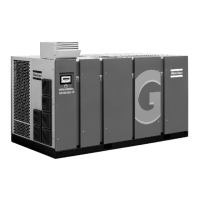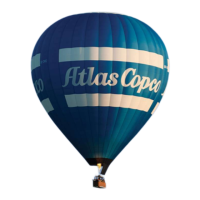Instruction book
1904 0504 83
ϭϬϭ
9.
ê ë í í ï î
C
ß â â Þ Ü
D
â â
4
G
á
Ý â Þ ß
0 1
ß ß
2
Ø ç è
3
Ý
3
Ù Þ
4 7
Ù
6
ç Û
6
Ü Û
8
ç Þ Ü è Ý Ü Þ
1
ß
9
Þ Ü Ý
Single pass < 1 < 0.2
Recirculating (with tower) < 1 not applicable
Closed loop < 1 < 0.2
10.
-
ì ì ë
ì
The limit of
n o
í í ì
is a rejection limit.
The limitation only applies for copper containing systems.
11.
ð í ï
ï
ð ë ó
ð
Large particles (size > 10 µm) should not be present as they can be filtered
out. Small particles (< 0.5 µm) are not taken into account.
For particles between 0.5 µm and 10 µm, the following limits apply:
7
à
3
â Þ ç Û Þ Û
3
ß
2
Ø Û
3 D
â â
4
G
á
Ý â Þ ß
0 1
ß ß
2
Ø ç è
3
Ý
3
Ù Þ
4 7
Ù
6
ç Û
6
Ü Û
8
ç Þ Ü è Ý Ü Þ
1
ß
9
Þ Ü Ý
Single pass < 10 < 1
Recirculating (with tower) < 10 not applicable
Closed loop < 10 < 1
m o
ó ë î
î ï ò ð ï
<
m
í í ì
(rejection value)
m o
ë ó ë
If biology is present, it must be aerobic. Anaerobic biology (in closed systems) must be avoided.
J
Ø ß
2
ß è Ý
D
C
æ
W 4 2
G
á
Ý â Þ ß
0 1
ß ß
2
Ø ç è
3
Ý
3
Ù Þ
4 7
Ù
6
ç Û
6
Ü Û
8
ç Þ Ü è Ý Ü Þ
1
ß
9
Þ Ü Ý
Single pass
< 10
The table shows the recommended values. The values in
*
ë ó
are rejection limits.
If additives are used in the cooling water, take into account that the cooling
capacity will change.
ǻm = ((C
pw
- C
pa
) * X) / (C
pw
*(1-X) + X*C
pa
) *
100 % with
ǻm: change of mass flow of the
coolant C
pw
: specific heat
capacity of water
C
pa
: specific heat capacity of the additives
X: the percentage of additives

